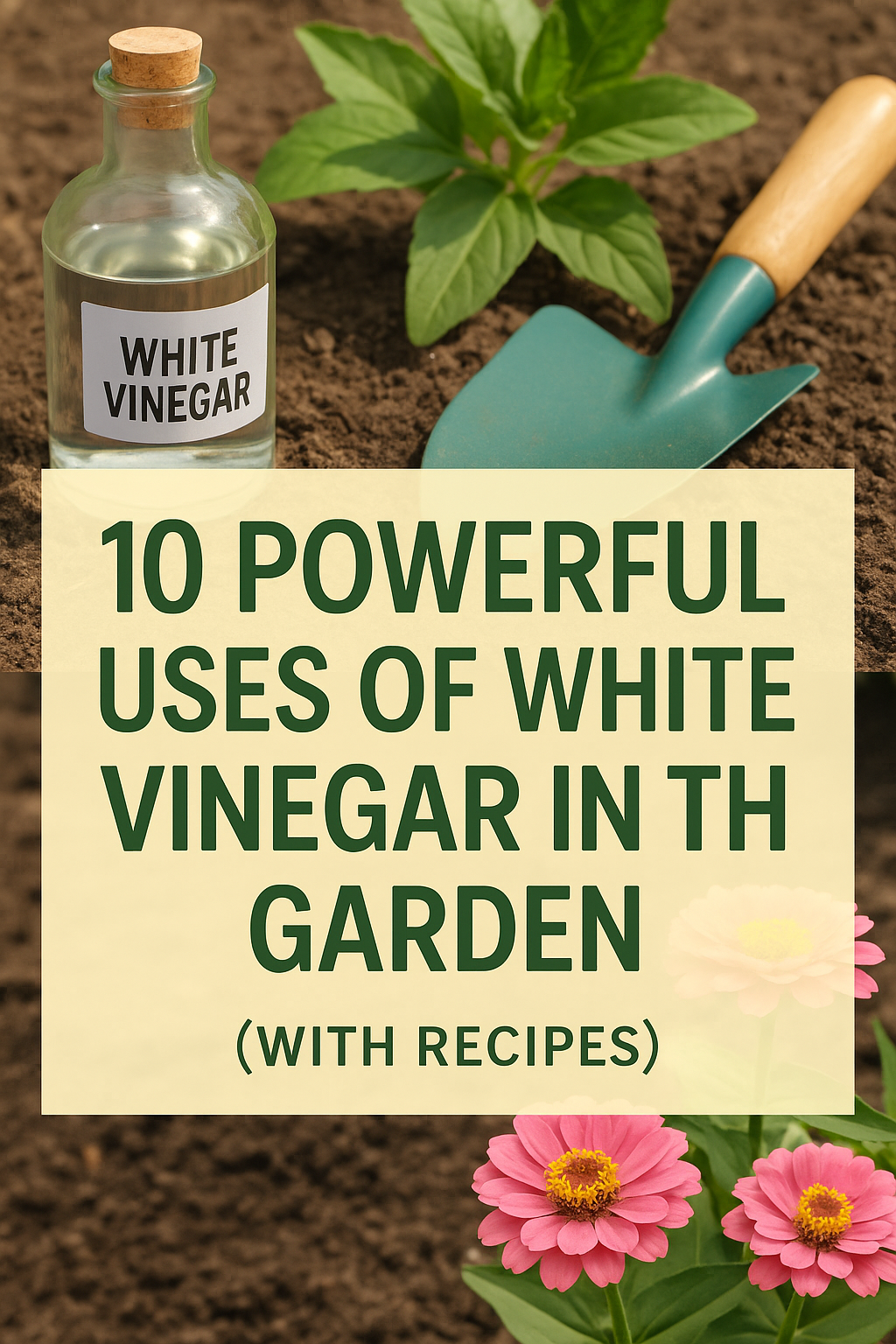
Want to grow your own vegetables, herbs, or flowers? Raised bed gardening is one of the best ways to start, especially for beginners. It’s simple to set up, easy to manage, and can improve your yields even in limited space. This step-by-step guide will help you start your own raised bed garden — no experience necessary!
What Is a Raised Bed Garden?
A raised bed garden is a contained growing space built above ground level, usually in a wooden, metal, or composite frame. Unlike traditional in-ground gardens, raised beds offer better control over soil quality, drainage, and weeds — making them ideal for beginners or anyone with poor native soil.
Benefits of Raised Bed Gardening
- Improved soil control and drainage
- Fewer weeds and pests
- Longer growing season (soil warms up faster)
- Less bending and easier maintenance
- Great for small spaces or urban gardening
Step-by-Step: How to Start a Raised Bed Garden
Step 1: Choose the Right Location
Most vegetables and herbs need at least 6–8 hours of sunlight per day. Choose a spot with full sun, good air circulation, and easy access to water. Make sure the ground is relatively level and free of large tree roots.
Step 2: Select or Build Your Raised Bed
Raised beds can be purchased pre-made or built from scratch using wood, metal, stone, or recycled materials. A standard beginner size is 4 feet wide by 8 feet long and 10–12 inches deep. Avoid treated lumber that could leach chemicals into your soil.
Pro Tip: 4 feet wide allows you to reach the center from either side without stepping into the bed.
Step 3: Prepare the Area
Clear the area of grass or weeds. You can lay down cardboard or landscape fabric to smother weeds and improve weed control. Place your frame on top and level it out before filling.
Step 4: Fill with Quality Soil
The success of your raised bed depends on the soil. Use a mix of:
- 60% topsoil or compost
- 30% coconut coir or peat moss (for water retention)
- 10% perlite or sand (for drainage)
You can also purchase “raised bed mix” from garden centers. Be sure to loosen the soil every season and top up with compost for best results.
Step 5: Plan Your Planting Layout
Use companion planting or square-foot gardening methods to maximize your space. Plant taller crops like tomatoes on the north side so they don’t shade shorter ones. Group plants with similar water and sunlight needs together.
Watering and Maintenance Tips
- Water deeply 2–3 times a week depending on weather
- Use mulch to retain moisture and suppress weeds
- Watch for pests and remove them by hand or with natural sprays
- Rotate crops each season to avoid soil depletion
Common Mistakes to Avoid
- Using poor-quality or compacted soil
- Building beds too wide to reach the center
- Overwatering or poor drainage
- Ignoring sunlight requirements of specific plants
FAQ: Raised Bed Gardening
Can I use raised beds on concrete or a patio?
Yes! Raised beds can sit on hard surfaces as long as they’re deep enough (at least 12 inches) and have proper drainage. Add a layer of gravel or fabric under the bed for water flow.
Do I need to line the bottom of my raised bed?
It’s optional. Lining with cardboard or landscape fabric can help block weeds. Avoid plastic, which restricts drainage.
Final Thoughts
Raised bed gardening is one of the most beginner-friendly and productive ways to grow your own food. With better soil control, fewer weeds, and an organized layout, you’ll enjoy higher yields and less frustration. Follow this guide to get started and watch your raised bed thrive!
Want to grow even more in small areas? Check out our guide on Container Gardening on Your Balcony for more ideas.



